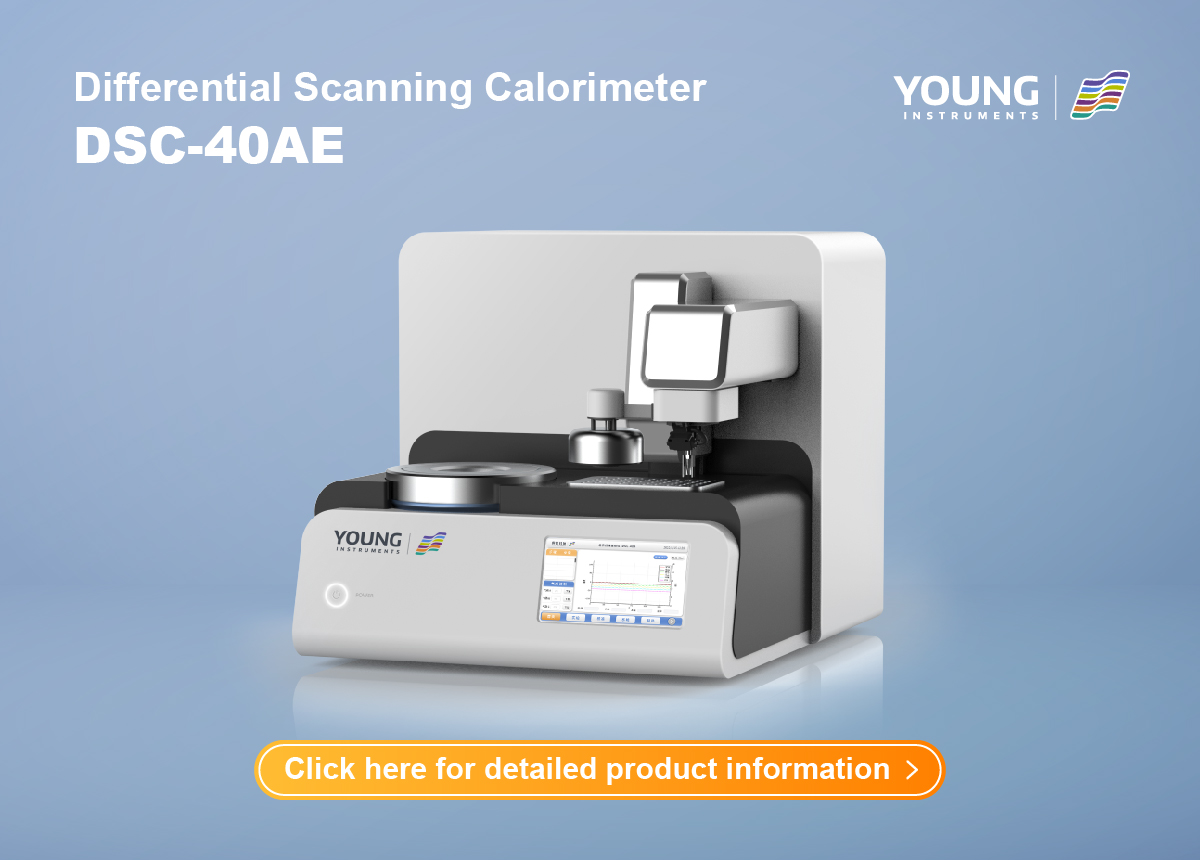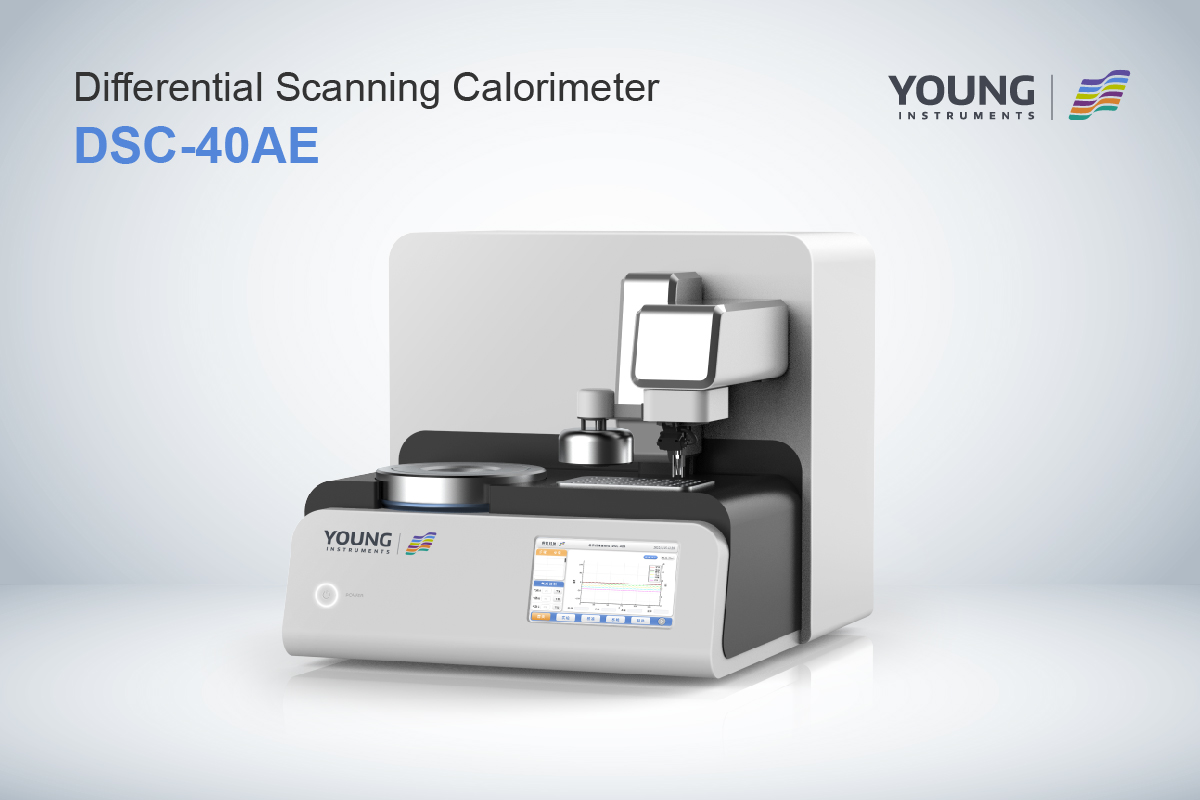ASTM E794: Standard Test Method for Thermal Conductivity of Materials by Means of a Transient Line-Source Technique
If you work in the materials science industry or are involved in the manufacturing of products that require precise thermal analysis, you may have heard of ASTM E794. This standard test method is used to determine the melting and crystallization temperatures of pure materials by differential scanning calorimetry (DSC) and differential thermal analysis (DTA). The test method is generally applicable to thermally stable materials with well-defined melting temperatures.
The ASTM E794 standard test method provides a consistent and reliable way to determine the melting and crystallization temperatures of materials. This information is critical for developing and manufacturing products that require precise thermal properties. The test method is widely used in the materials science industry, including in fields such as pharmaceuticals, polymers, and ceramics. By following the standard test method, manufacturers can ensure that the materials they are using meet the required thermal specifications.
Key Takeaways
- ASTM E794 is a standard test method used to determine the melting and crystallization temperatures of materials.
- The test method is applicable to thermally stable materials with well-defined melting temperatures, and is widely used in the materials science industry.
- By following the ASTM E794 standard test method, manufacturers can ensure that the materials they are using meet the required thermal specifications.
Scope of ASTM E794
If you are working with thermally stable materials and need to determine their melting and crystallization temperatures, then ASTM E794 is the test method you need. This standard test method covers the determination of melting (and crystallization) temperatures of pure materials by differential scanning calorimetry (DSC) and differential thermal analysis (DTA).
ASTM E794 is generally applicable to thermally stable materials with well-defined melting temperatures. The test method is used to determine the temperature at which a material changes from a solid to a liquid state (melting point) and the temperature at which a material changes from a liquid to a solid state (crystallization point).
The test method is conducted by exposing materials to controlled temperature changes and measuring the amount of heat absorbed or released by the material. This information is then used to determine the melting and crystallization temperatures of the material.
ASTM E794 is a comprehensive test method that offers precise temperature data. It can be used to determine the melting and crystallization temperatures of pure materials using both Differential Thermal Analysis (DTA) and Differential Scanning Calorimetry (DSC) methodologies. The test method is widely used in materials science and engineering to determine the thermal properties of materials.
Overall, the scope of ASTM E794 is to provide a reliable and accurate method for determining the melting and crystallization temperatures of pure materials. If you need to determine these temperatures for your work with thermally stable materials, then ASTM E794 is the standard test method you should use.
Terminology
Definitions
When working with ASTM E794, it’s important to understand the key terms used in the standard. Here are some definitions to keep in mind:
- Melting temperature: The temperature at which a solid material changes to a liquid state.
- Crystallization temperature: The temperature at which a liquid material changes to a solid state.
- Thermal analysis: A technique for studying the properties of materials as they change with temperature.
Abbreviations
ASTM E794 uses a number of abbreviations to refer to different aspects of the testing process. Here are some of the most common abbreviations you may encounter:
- DSC: Differential scanning calorimetry, a technique for measuring the heat flow into or out of a sample as it is heated or cooled.
- DTA: Differential thermal analysis, a technique for measuring the temperature difference between a sample and a reference material as they are heated or cooled.
- ISO: International Organization for Standardization, a non-governmental organization that develops and publishes international standards.
By familiarizing yourself with these key terms and abbreviations, you can better understand the process of testing melting and crystallization temperatures using ASTM E794.
Test Method
Calorimetric Analysis
ASTM E794 is a standard test method for determining the melting and crystallization temperatures of pure materials using differential scanning calorimetry (DSC) and differential thermal analysis (DTA). The test method is applicable to thermally stable materials with well-defined melting temperatures.
Procedure
The procedure involves heating the sample at a constant rate and measuring the heat flow as a function of temperature. The sample is first heated to a temperature above its melting point and then cooled at the same rate. The heat flow is measured during both heating and cooling cycles, and the melting and crystallization temperatures are determined from the resulting curves.
Calculations
The melting and crystallization temperatures are calculated from the onset and completion of the melting and crystallization peaks, respectively. The onset temperature is defined as the temperature at which the heat flow starts to increase due to melting, while the completion temperature is defined as the temperature at which the heat flow returns to the baseline after the melting or crystallization process is complete.
In conclusion, ASTM E794 provides a reliable and accurate method for determining the melting and crystallization temperatures of pure materials using DSC and DTA techniques. The test method is widely used in various industries, including pharmaceuticals, polymers, and materials science, to characterize the thermal properties of materials.
Results
Report Requirements
When reporting the results of ASTM E794, it is important to include the sample identification, the testing conditions (such as heating rate and atmosphere), and the melting and crystallization temperatures of the material being tested. The results should be reported with the units of measurement used, and any deviations from the standard test method should be noted.
Data Interpretation
Interpreting the results of ASTM E794 requires an understanding of the melting and crystallization behavior of the material being tested. The melting temperature is the temperature at which a solid material changes phase to become a liquid, while the crystallization temperature is the temperature at which a liquid material changes phase to become a solid.
The difference between the melting and crystallization temperatures can provide information about the purity and thermal stability of the material. A narrow temperature range between the two indicates a pure and thermally stable material, while a wide temperature range may indicate impurities or thermal instability.
In addition to the melting and crystallization temperatures, other information that can be obtained from ASTM E794 includes the heat of fusion, which is the amount of energy required to melt a material, and the degree of crystallinity, which is the proportion of a material that is in a crystalline state.
Overall, the results of ASTM E794 provide valuable information about the thermal behavior of materials, which can be used to optimize processing conditions or to ensure the quality and consistency of finished products.
Precision and Bias
When it comes to testing and measuring materials, it’s important to have accurate and reliable results. ASTM E794 provides guidelines for testing the tensile properties of metallic materials at elevated temperatures using strain rates of 0.001 to 10 s−1. One of the key concepts discussed in this standard is precision and bias.
Precision
Precision is defined as the closeness of agreement between individual test results when the test is repeated on the same material under the same conditions. ASTM E794 recommends conducting an interlaboratory study to determine the precision of the test method. This involves multiple labs testing the same material under the same conditions and comparing their results.
The precision of a test method is expressed as a standard deviation, which is a measure of the spread of the test results. The smaller the standard deviation, the more precise the test method. ASTM E794 provides guidelines for calculating the standard deviation and determining the repeatability and reproducibility of the test method.
Bias
Bias is defined as the difference between the average test result and the accepted reference value for the material being tested. ASTM E794 recommends using an accepted reference value that serves as an agreed-upon reference for comparison. This could be a known value for a material property, such as the melting point of a metal, or a value determined by a reference method.
Bias can be caused by a variety of factors, such as differences in equipment, test methods, or operator technique. ASTM E794 provides guidelines for minimizing bias, such as using the same equipment and test method across multiple labs and training operators to perform the test method consistently.
In summary, precision and bias are important concepts to consider when testing metallic materials at elevated temperatures using strain rates of 0.001 to 10 s−1. ASTM E794 provides guidelines for determining the precision and bias of the test method and minimizing bias to ensure accurate and reliable results.








































